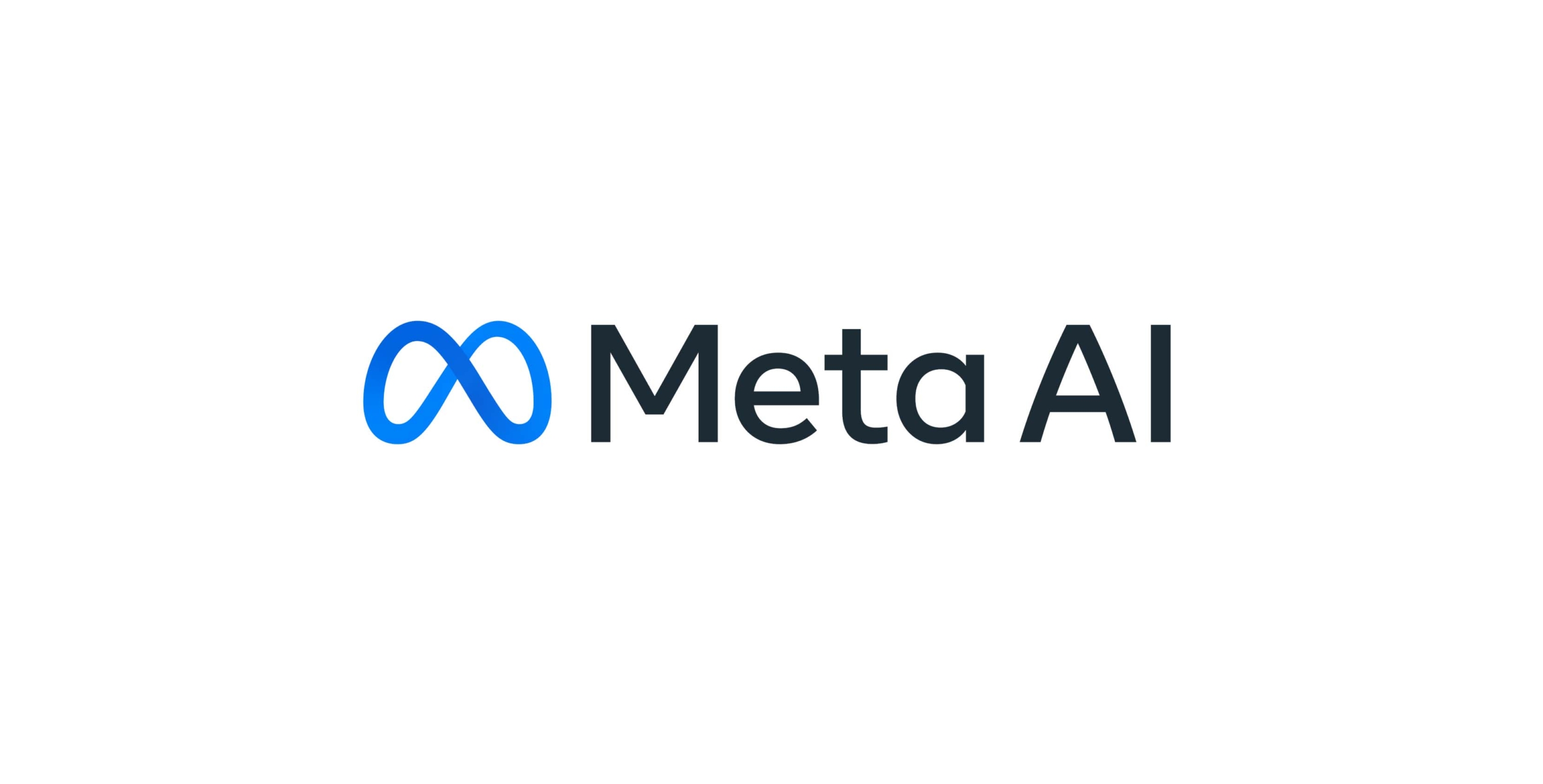In an era where artificial intelligence is influencing almost every aspect of our lives, Meta’s Chief AI Scientist, Yann LeCun, envisaged a groundbreaking architecture. His vision was to foster machines capable of learning internal models of the world, allowing them to rapidly acquire new knowledge, devise complex plans, and adapt to novel situations. Following his blueprint, a team of researchers have brought to life the first AI model named I-JEPA, which stands for Image Joint Embedding Predictive Architecture. This revolutionary model is primed to reshape the AI landscape.
Pioneering a New Approach in Learning
One of the striking features of I-JEPA is its ability to learn by creating an internal model of the environment. Unlike traditional AI systems, which usually depend on comparing pixels, I-JEPA analyzes abstract representations of images. This approach results in enhanced computational efficiency and robust performance across a spectrum of computer vision tasks.
The model’s exceptional learning capabilities stem from its employment of self-supervised learning. Human intelligence relies on the passive assimilation of a vast array of background knowledge, which forms the cornerstone of our common-sense understanding of the world. I-JEPA aims to replicate this form of learning by capturing background knowledge and encoding it in a digital representation. Significantly, this process is self-supervised and leverages unlabeled data such as images and sounds.
Overcoming the Shortcomings of Generative Methods
I-JEPA distinguishes itself from generative architectures through its innovative approach to learning. Generative models typically predict missing or corrupted information by focusing on individual pixels or words. This often leads to the creation of unrealistic representations as they attempt to fill in unpredictable or irrelevant details. On the contrary, I-JEPA’s predictions are more abstract and similar to humans’ general understanding, allowing it to focus on semantic features.
A key element guiding I-JEPA towards capturing semantic representations is the integration of a multi-block masking strategy. This strategy emphasizes the prediction of large blocks loaded with semantic information, thus enabling the model to discern high-level representations of objects without neglecting localized positional information.
Performance and Efficiency
I-JEPA has demonstrated stellar performance in low-shot classification tasks and exhibits greater computational efficiency compared to other computer vision models. Its architecture eliminates the need for multiple computationally intensive data augmentations, as only a single view of the image is required. This leads to a significant reduction in overhead costs.
Moreover, I-JEPA’s training is impressively efficient; a 632M parameter visual transformer model can be trained using 16 A100 GPUs in under 72 hours, achieving state-of-the-art performance.
Impact and Future Prospects
I-JEPA’s unveiling is a seminal moment in the AI domain. By successfully mimicking human-like internal models, it heralds a paradigm shift in machine learning. With its ability to rapidly assimilate information, adapt to new environments, and deliver high-performance computational efficiency, I-JEPA is well-positioned to influence a wide range of applications.
As Meta gears up to present a paper on I-JEPA at CVPR 2023, the AI community eagerly anticipates the ripple effects of this development. Open-sourcing the training code and model checkpoints is an additional step that promises to foster further innovation and collaboration in AI research.
I-JEPA is not just an incremental improvement; it’s a monumental leap towards realizing Yann LeCun’s vision for more human-like AI. It holds the potential to radically transform industries, from healthcare to autonomous systems, by providing intelligent solutions that are cognizant of the complexities of the real world.


Leave A Comment